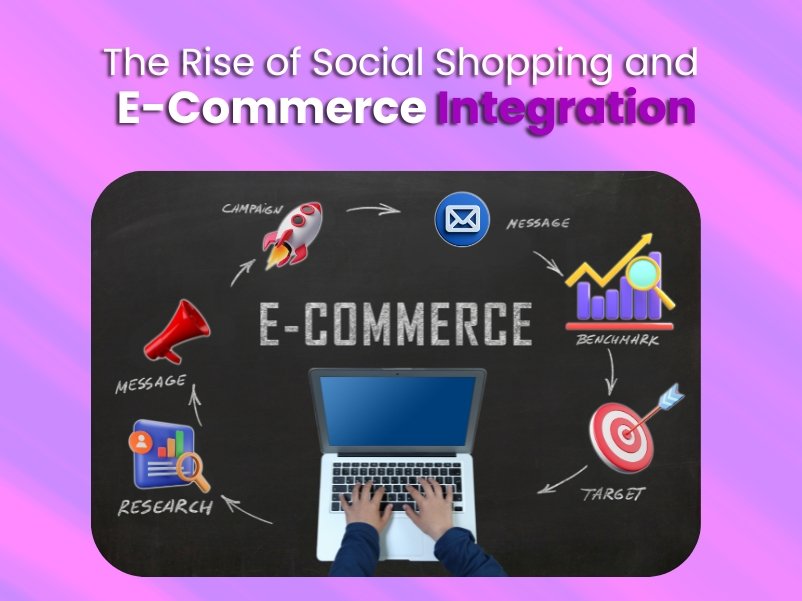The Rise of Social Shopping and E-Commerce Integration
Social shopping is rapidly transforming the way consumers make purchases online. Platforms like TikTok and Instagram have become pivotal in the purchasing journey, seamlessly blending social interaction with e-commerce. This blog will explore the growing trend of social commerce and highlight strategies for integrating social shopping features to boost sales and enhance customer convenience.
What is Social Shopping?
Social shopping combines social media and e-commerce, allowing users to discover, share, and purchase products directly within social media platforms. This trend leverages the influence of social networks to create a more engaging and streamlined shopping experience.
The Rise of Social Commerce
The popularity of social commerce has skyrocketed, driven by the following factors:
- Increased Mobile Usage: With more people using mobile devices, social platforms are perfectly positioned to capitalize on this trend.
- Influencer Marketing: Influencers play a significant role in promoting products, making it easier for brands to reach targeted audiences.
- Seamless Integration: Social platforms have integrated shopping features, allowing users to purchase without leaving the app (WebFX).
Key Platforms Leading the Charge
- TikTok: Known for its viral content, TikTok has introduced shopping features that allow users to purchase products directly from videos. Brands can create engaging short-form videos showcasing their products and link them to e-commerce sites.
- Instagram: Instagram Shopping lets users explore products and complete purchases within the app. Features like shoppable posts, Instagram Stories, and the dedicated Shop tab make it easy for users to discover and buy products (WebFX) (Smart Insights).
Strategies for Integrating Social Shopping
- Leverage Influencers and Creators
- Collaborate with Influencers: Partner with influencers who align with your brand to create authentic content that promotes your products.
- Use Creator Content: Share content from creators directly on your brand’s page to build trust and drive sales.
- Create Engaging Content
- Short-Form Videos: Utilize TikTok and Instagram Reels to showcase products in an engaging and entertaining way.
- User-Generated Content: Encourage customers to share their experiences with your products, and feature this content on your social channels.
- Utilize Shoppable Features
- Instagram Shopping: Set up an Instagram Shop, tag products in posts, and use Stories to highlight items.
- TikTok Shopping: Create shoppable videos and leverage TikTok’s in-app shopping features to drive sales.
- Optimize for Mobile
- Mobile-Friendly Checkout: Ensure your e-commerce site is optimized for mobile devices to provide a seamless shopping experience.
- Fast Loading Times: Keep your mobile site’s loading times quick to prevent users from abandoning their carts.
- Engage with Your Audience
- Interactive Polls and Q&A: Use Instagram Stories to engage with your audience through polls and Q&A sessions.
- Live Shopping Events: Host live shopping events where you can showcase products, answer questions in real-time, and offer exclusive discounts.
Benefits of Social Shopping
- Increased Sales: By integrating shopping features directly into social media platforms, you reduce friction and make it easier for customers to buy.
- Enhanced Customer Experience: Social shopping provides a more engaging and personalized experience, leading to higher customer satisfaction.
- Greater Reach: Leveraging the power of social media allows you to reach a wider audience and attract new customers (WebFX).
Conclusion
The rise of social shopping is reshaping the e-commerce landscape, offering brands new opportunities to connect with customers and drive sales. By leveraging influencers, creating engaging content, utilizing shoppable features, optimizing for mobile, and engaging with your audience, you can effectively integrate social shopping into your marketing strategy. Start exploring these strategies today and watch your brand thrive in the social commerce era.



